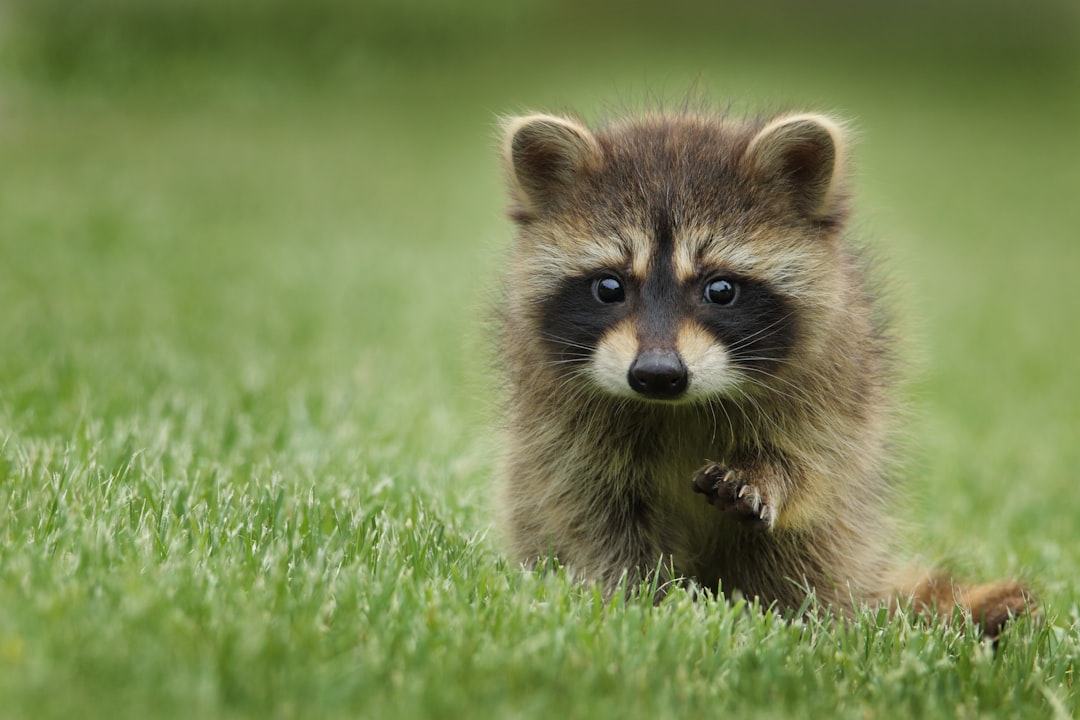A wildlife-friendly backyard farm isn’t just a peaceful retreat for nature lovers—it’s also a thriving ecosystem that benefits both your plants and the environment. By attracting beneficial insects and birds, you can improve pollination, enhance pest control, and create a healthier, more sustainable farm. Whether you’re growing vegetables, herbs, or fruits, bringing wildlife into your backyard farm can make a big difference in your farm’s success.
In this post, we’ll explore how to make your backyard farm a welcoming habitat for beneficial wildlife and the essential steps to attract these helpers.
Why Attract Beneficial Insects and Birds?
1. Natural Pollination
Bees, butterflies, and other insects are key players in the pollination process. Without them, your flowers, fruits, and vegetables wouldn’t produce as much. By attracting pollinators, you can boost yields and improve the overall health of your crops.
2. Pest Control
Many beneficial insects—like ladybugs, spiders, and predatory wasps—are natural pest hunters. They can help keep your farm free from harmful pests like aphids, caterpillars, and mites, reducing the need for chemical pesticides.
3. Soil Health
Earthworms, beetles, and other small creatures contribute to soil aeration and the breakdown of organic matter, which enriches your soil and enhances its fertility.
4. Attracting Birds for Pest Control
Birds, such as sparrows and robins, are natural pest controllers that feed on insects and small rodents. They also help in seed dispersal and can contribute to a more diverse ecosystem on your farm.
How to Attract Beneficial Insects
1. Plant a Diverse Garden
A variety of plants attracts different insects. Include native flowering plants, herbs, and shrubs that provide nectar and pollen for pollinators. Some great options include:
-
Lavender, sunflowers, and echinacea for bees
-
Dandelions and clover for beneficial insects
-
Mint, dill, and fennel for aphid-eating ladybugs and parasitic wasps
🌸 Tip: Use native plants wherever possible. They’re better adapted to local climates and more attractive to local wildlife.
2. Create Shelter for Beneficial Insects
Insects need a place to hide, lay eggs, and stay warm. Consider:
-
Insect hotels – Create or buy structures made of bamboo, straw, or wood that provide safe spaces for solitary bees and other beneficial insects.
-
Dead wood and brush piles – These offer shelter for beetles, spiders, and other helpful predators.
-
Tall grasses or wildflowers – These can serve as homes for pollinators and beneficial insects while also providing food.
3. Provide Fresh Water
Insects need access to water for hydration, so birdbaths or shallow water trays with pebbles work well. The water should be no more than a few inches deep to prevent drowning, and it should be kept clean.
How to Attract Birds to Your Backyard Farm
1. Plant Bird-Friendly Vegetation
Birds enjoy a variety of plants, especially those that provide berries, seeds, or cover. Try planting:
-
Sunflowers – Great for attracting finches and other seed-eating birds.
-
Berries (elderberries, blueberries) – Offer a feast for birds like robins, thrushes, and sparrows.
-
Native shrubs – These provide shelter and nesting areas.
2. Install Birdhouses and Nesting Boxes
Birdhouses are an excellent way to offer birds a safe space for nesting. When choosing a birdhouse, be sure to match it to the types of birds in your area. For example:
-
Bluebird boxes have smaller entrance holes for protecting against larger birds.
-
Wren and chickadee houses can have more varied designs depending on the bird species.
3. Provide Food and Water
Set up bird feeders stocked with a mix of seeds, nuts, and suet to attract a variety of birds. Provide fresh, clean water in a shallow birdbath, ensuring it’s replenished regularly.
🌿 Tip: Avoid chemical pesticides and fertilizers that could harm birds. Instead, use organic methods to keep your farm bird-friendly.
Creating a Thriving Habitat: Additional Tips
1. Minimize Pesticide Use
The use of chemical pesticides can harm beneficial insects, birds, and other wildlife. If you must use pest control, opt for natural solutions, such as neem oil, insecticidal soap, or diatomaceous earth.
2. Use Companion Planting
Planting companion plants can help create a natural defense system against pests. For example, marigolds and basil can repel insects from tomatoes and peppers, while encouraging pollinators to visit your garden.
3. Create a Diversity of Micro-Habitats
Think of your backyard farm as an ecosystem. By planting in layers, you can create different micro-habitats for various species. For instance:
-
Tall trees offer shelter and nesting spots for birds.
-
Low-growing herbs and flowers attract ground-dwelling insects like ants and ladybugs.
-
A pond or small wetland can host frogs, aquatic insects, and provide another drinking and bathing source for birds.
The Benefits of a Wildlife-Friendly Farm
By creating a welcoming environment for beneficial insects and birds, you’re not just enhancing your farm’s productivity—you’re also helping biodiversity flourish in your local area. These small actions can have a big impact on the ecosystem around you.
A wildlife-friendly backyard farm brings nature right to your doorstep, making your space not only more sustainable but also more enjoyable to spend time in. From the soothing sounds of birdsong to the buzz of pollinators, a farm alive with wildlife is a truly rewarding experience.
Start small, build over time, and watch your backyard farm become a vibrant, self-sustaining ecosystem that benefits both you and the wildlife around you. 🐦🌻🐞

Comments
No comments yet. Be the first to comment!
You must be logged in to comment. Login